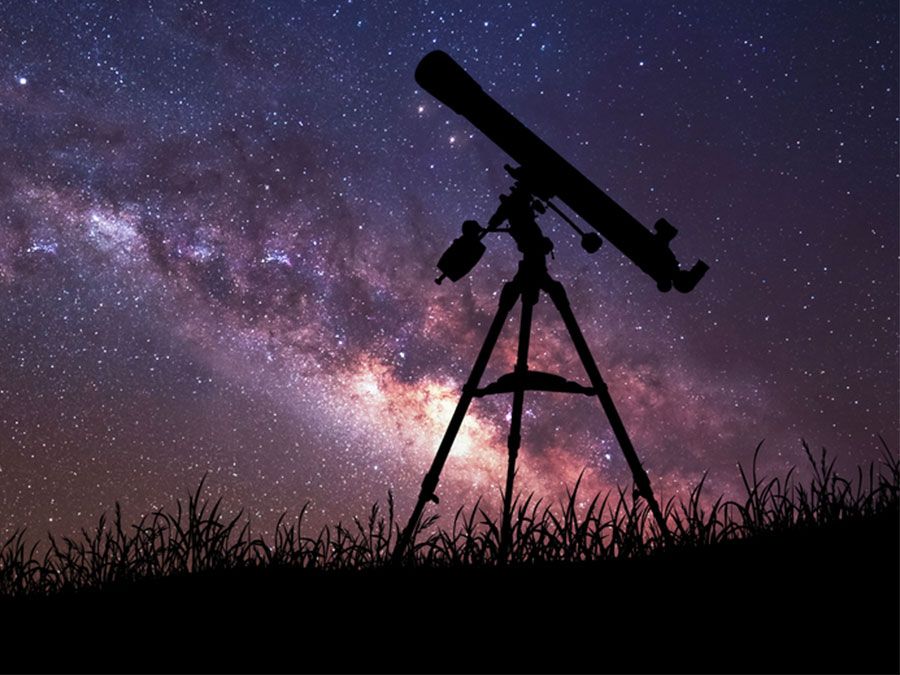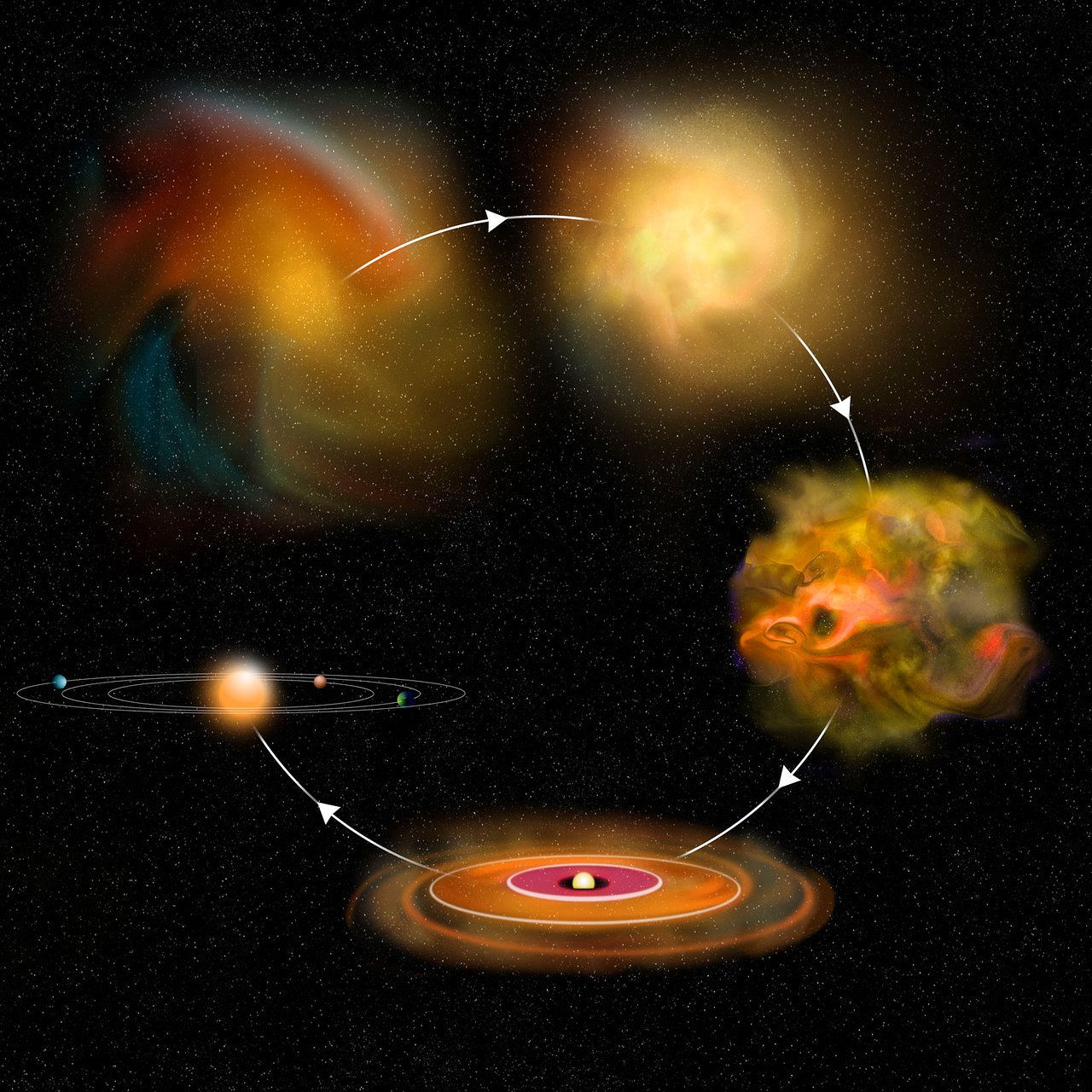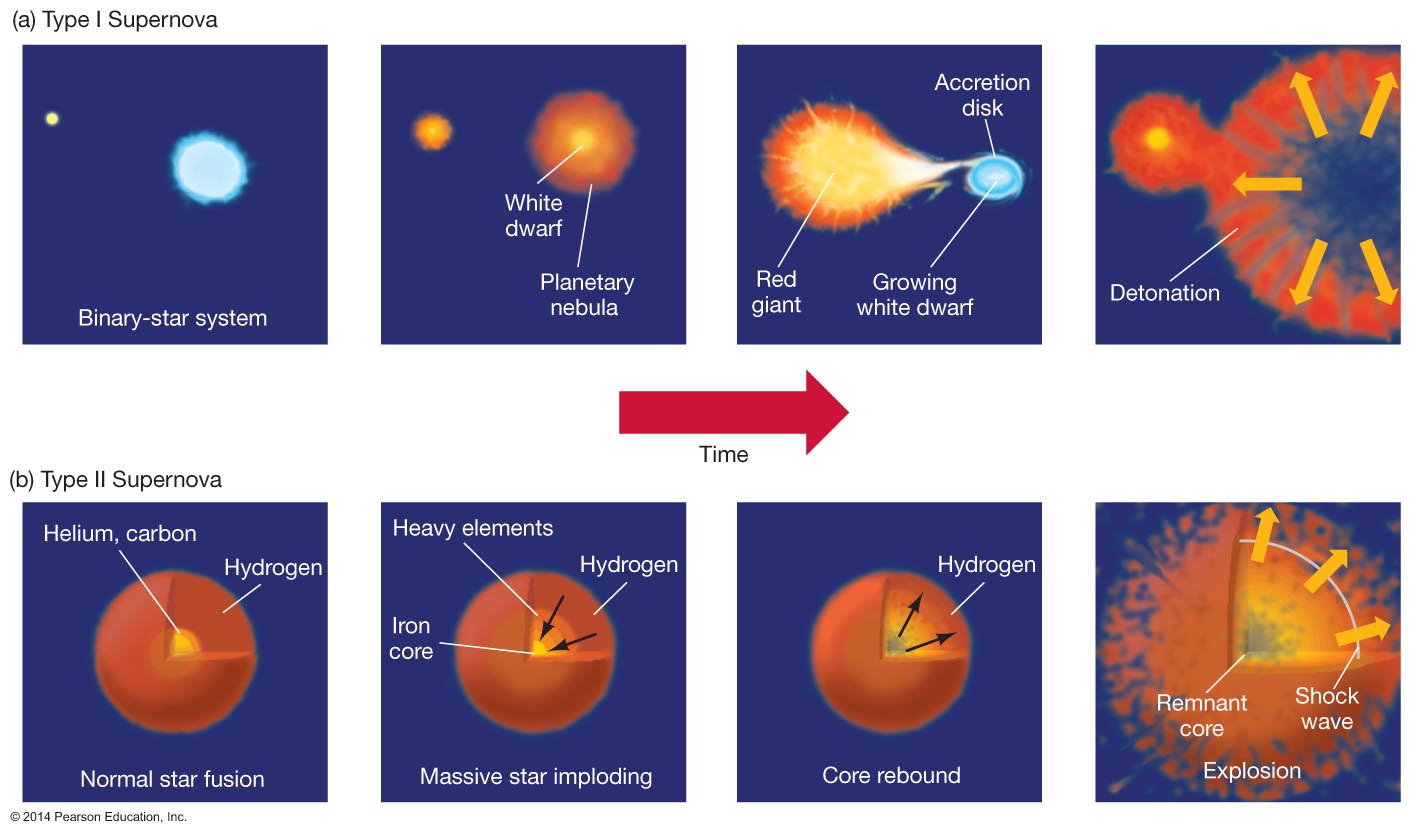The Endless Wonders of Stellar Phenomena
Throughout my life, I’ve held a deep fascination with the cosmos, an interest that’s not only profoundly personal but also professionally and academically stimulating. As an enthusiast who has traveled vast distances both on Earth and, in spirit, through the night sky, I’ve witnessed firsthand the awe-inspiring complexity of our universe. This passion for exploring the unknown extends to my work in Artificial Intelligence and Machine Learning, realms not unlike the cosmos in their boundless possibilities and mysteries.
Exploring the Vastness of Stellar Phenomena
The universe is a grand tapestry, woven with a variety of stellar phenomena that are as diverse as they are majestic. My interest in the night sky, paired with my work developing custom CCD control boards for telescopic image capture with friends, has only deepened my appreciation for the spectacular events that play out across the cosmos. From my personal observations and academic pursuits, including my studies at Harvard University focusing on Information Systems and Artificial Intelligence, I’ve come to regard the exploration of stellar phenomena not just as a hobby, but a vital way of understanding our place in the universe.
A Glimpse into Stellar Categories
The categorization of stellar phenomena is as diverse as the phenomena themselves, encompassing everything from the birth of stars to their eventual demise. These categories are crucial for astronomers and astrophysicists, providing a structured way to investigate and comprehend the complex behaviors of celestial bodies. As someone who respects the power of categorization—from the structuring of information systems to the organization of vast data sets in machine learning—the framework used to understand stellar phenomena resonates with my professional methodologies.
Understanding the Phenomena
- Star Formation: The genesis of stars, a process marked by the collapse of gas and dust under gravity.
- Supernovae and Neutron Stars: The cataclysmic end of a star’s life cycle, leading to either a dazzling supernova or the creation of a neutron star.
- Black Holes: The enigmatic end point for some stars, where gravity’s pull is so strong that not even light can escape.
- Exoplanets: Planets that orbit stars outside our solar system, each with its own potential for harboring life.
These phenomena, among others, are the frontier of our understanding, representing not only the life cycle of stars but also the dynamic processes that shape our universe. As someone who values evidence-based conclusions, exploring these phenomena through the lens of science allows us to piece together the cosmic puzzle, offering insights into the fundamental laws that govern all existence.
Reflections on Stellar Observation
In my journey through both academia and professional work in AI, alongside my personal pursuits like photography and music, I’ve found that observing and studying the cosmos offers a unique perspective on creativity, problem-solving, and the search for meaning. The night sky, with its myriad of stars and phenomena, serves as a reminder of the endless possibilities and the vast unknowns that lie ahead.
Final Thoughts
The category of stellar phenomena encompasses a universe of knowledge and mystery that continues to inspire not just astronomers, but also individuals from all walks of life, including myself. From the analytical rigor of machine learning algorithms to the explorative creativity required in photography and music, the study of celestial bodies and their behaviors offers a rich source of inspiration and insight. As we advance in our understanding of the universe, we mirror the explorative journey within our professional and personal lives, pushing the boundaries of what we know and what we can achieve.
Respectfully, as we delve into the depths of space, let us remember the importance of staying open-minded, embracing the unknown, and pursuing knowledge with both curiosity and skepticism. In doing so, we not only unlock the secrets of the cosmos but also illuminate the path to understanding our place within it.
< >
>
< >
>
< >
>
Focus Keyphrase: Stellar Phenomena